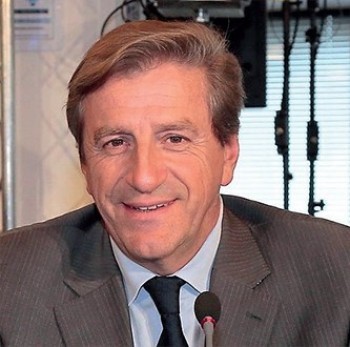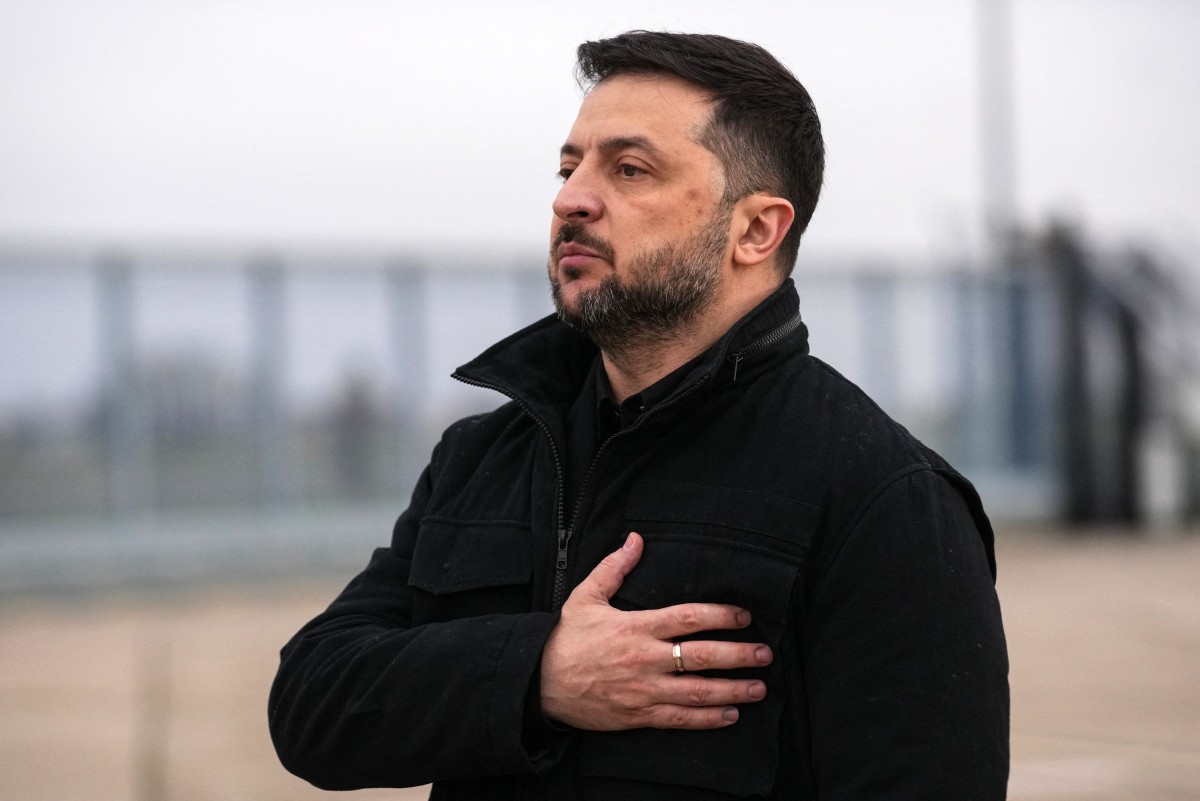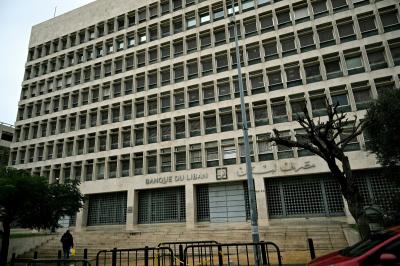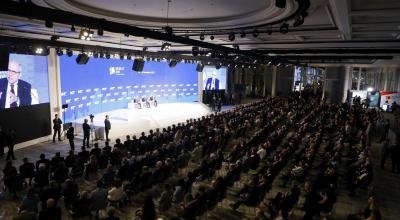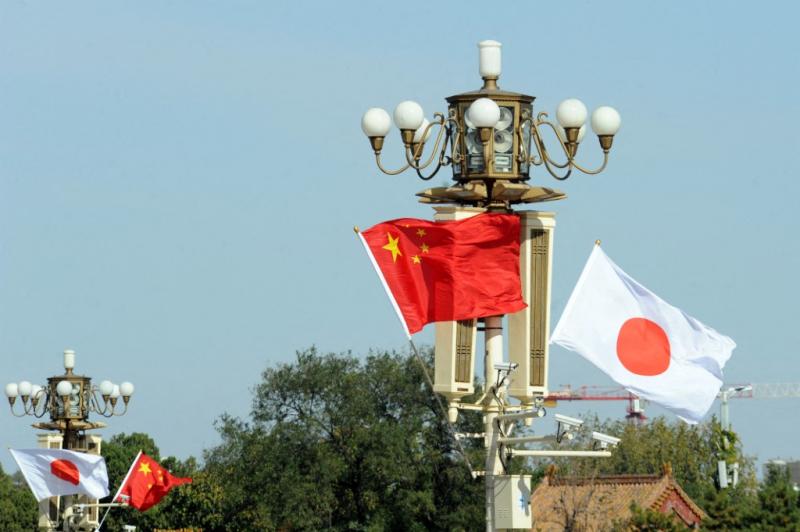Ukraine is being pressured to capitulate under Trump’s Peace Plan — a proposal seemingly tailor-made for Putin’s Russia.
Zelensky now finds himself trapped between two impossible choices: to “stop the bloodshed,” as he said with striking humanity, or to give up the territorial integrity of his country, which the 28-point peace plan effectively demands.
Weakened by successive corrupt governments that have severely undermined his position, Zelensky faces a looming question:
How much longer can he remain in power in a fractured Ukraine forced to bend to the terms of a devastating plan?
A country whose economy survives almost entirely on Western — primarily European — loans and subsidies.
Should this “peace” in Ukraine come to fruition and prove durable, it would also confirm the glaring weakness of Europe, with Paris and Berlin relegated to the rank of “passive spectators” of Europe’s own destiny.
Meanwhile, Russia is suffering as well.
Economist Jacques Sapir explains:
“It is very clear that economic growth has slowed sharply since 2024. But it remains significant. Compared to its September 2021 level, industrial production has increased by 8.2%, and manufacturing output by 18.5%. Figures that any European government would dream of. GDP growth, measured from 2021 — before the conflict in Ukraine — will be around 8.8%, an average of 2.1% a year over four years, far above the numbers seen in France, Germany, and the EU as a whole.”
According to Sapir, a leading French expert on Russia:
“There is indeed a serious slowdown in the Russian economy, but it is due to the policy of the Russian Central Bank. Under the pretext of fighting inflation — which rose to 10.5% per year by the end of 2024, a significant but not extraordinary increase given that inflation was already 6.0% in 2021 — the Bank drastically raised its key interest rate to 21%, resulting in a real rate (after deducting inflation) of 10.5%.”
As inflation fell to 8% at the end of October, the Russian Central Bank lowered the key rate to 16.5%, but the real rate remains high at 8.5%.
These policies have a variety of consequences.
Their impact is limited on major companies, which rely on bank credit for only about 10% of their investments.
“The effect is much stronger on households,” Sapir notes. “They will stop making purchases that require credit, but more importantly, they will save more, since bank deposit accounts offer real returns between 4% and 5%.”
The result has been a sharp decline in consumption of “durable” goods — cars, housing — which triggered the slowdown in growth.
And, as Sapir points out, this is something Western observers often ignore (or refuse to acknowledge): household consumption accounted for about 60% of Russia’s growth in 2023 and 2024.
The idea that Russia’s economy is driven solely by military spending is false — and that is precisely why a monetary policy that primarily targets household consumption has such a deep impact on growth.
Russia, now operating under a wartime economy, must therefore find a clearer path back to growth.
The war has its limits for Moscow as well.
Beyond the horrifying human losses on both sides, both economies are paying a heavy price for a conflict that has dragged on for far too long.
Please post your comments on:
[email protected]
 Politics
Politics





